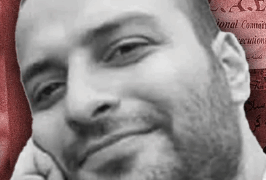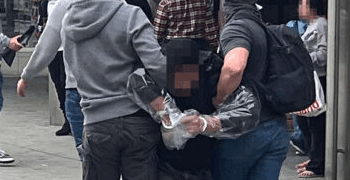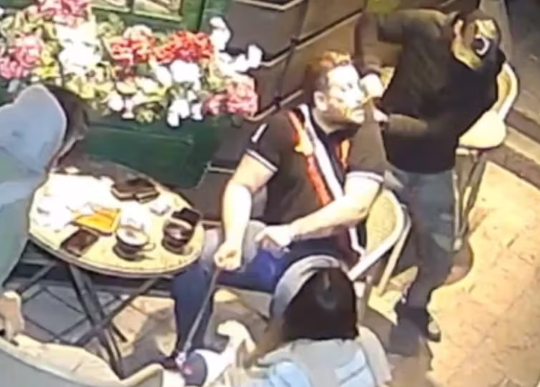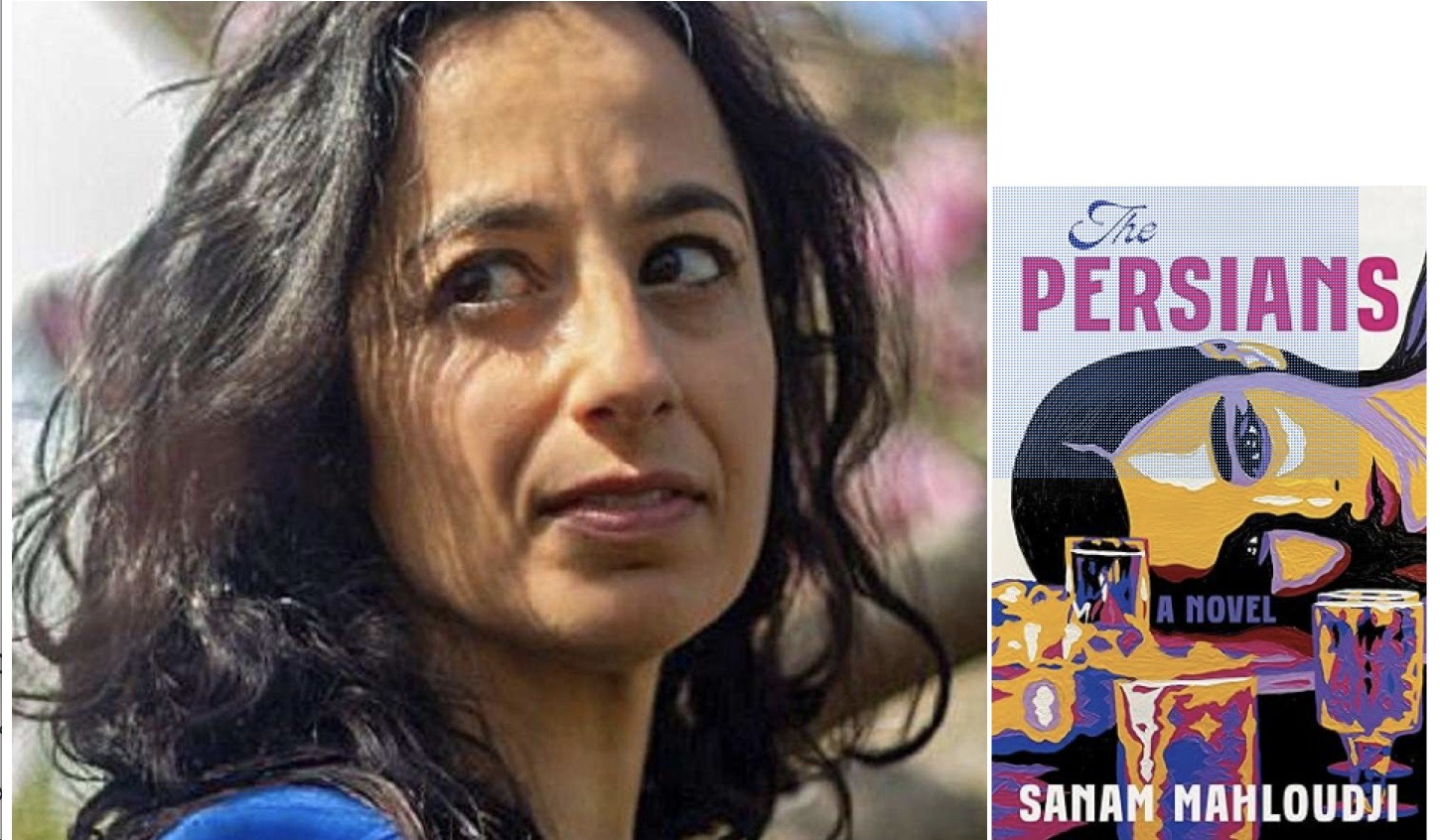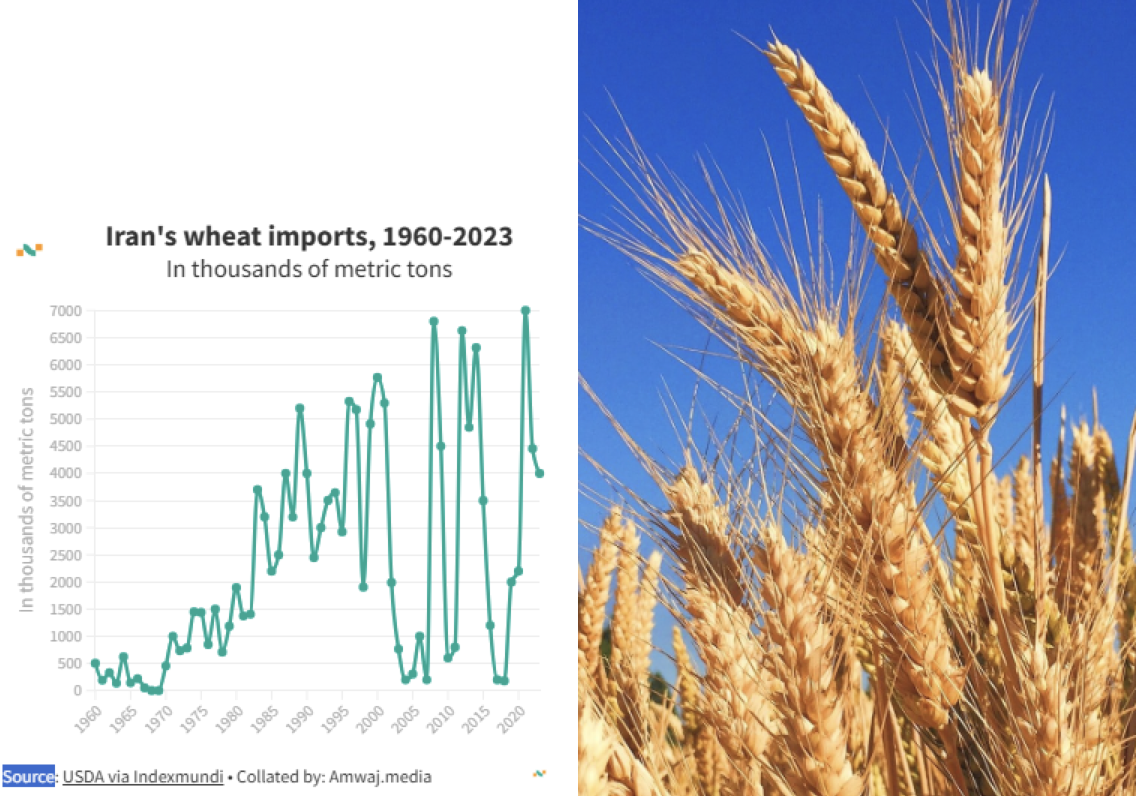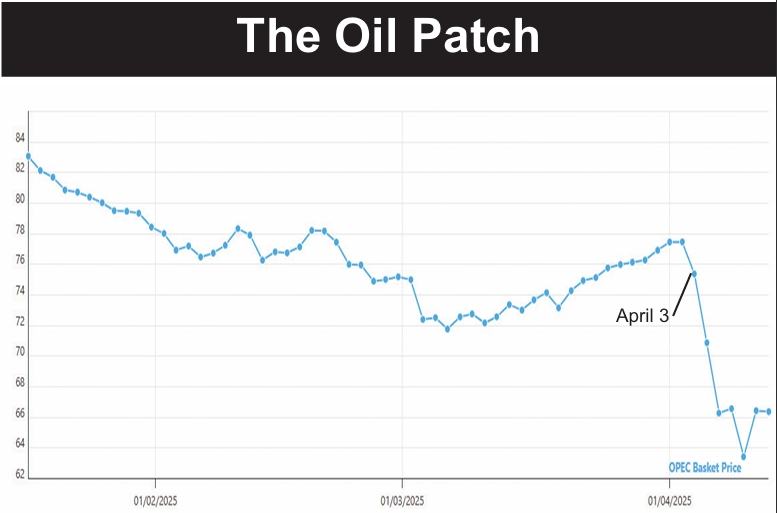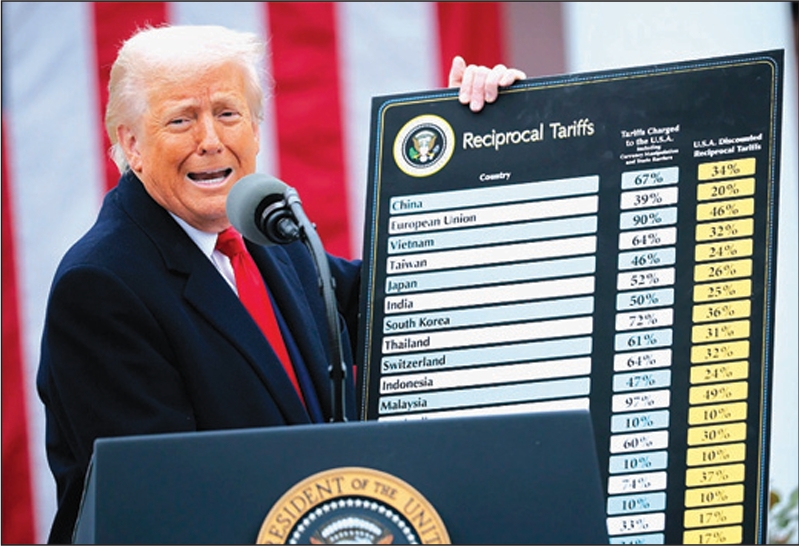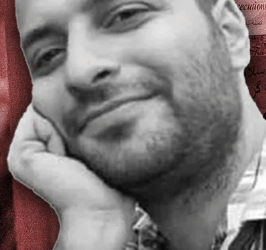despite four workday closings over the last two weeks, the Tehran authorities are looking for more options—Tuesday they began spraying water mist to try to clear the choking halo from the city.
The air pollution emergency taskforce met twice in the last week. It closed schools and government offices last Saturday, the fourth such closing in two weeks. But officials acknowledge that is no solution, though it reduces the threat to city residents who can avoid the out-of-doors.
The authorities have announced they will be taking measures they have not taken before. “We have many plans,” the environmental chief, Mohammad-Javad Mohammadizadeh, was quoted as saying by the Mashregh news agency. But that was not very specific.
In one dramatic and immediate measure, airplanes were sent up to spray water mist over the city Tuesday, Tehran province Governor General Morteza Tamaddon announced. He did not say how many planes were being dispatched or for how long they would spray.
There has been no rain at all in Tehran since November 3, when 1/6th of an inch fell. The weather forecast holds out hope for rain—a 20 percent chance—this Saturday, Sunday and Monday. That might give some real relief.
Much like Los Angeles and Mexico City, other heavily polluted metropolises, Tehran’s mountains trap in smog and block out wind.
One proposed solution is to create manmade wind corridors to blow away smog. Such a measure was suggested but not acted upon in Los Angeles because of the high cost and limited anticipated return.
Tehran was selected as the country’s capital for its “healthy climate” 200 years ago. But now citizens are leaving town to “get some air,” as chemical technician Nima Jam put it.
According to the Health Ministry, emergency admissions to hospitals have increased 20 percent over the last few weeks because of growing respiratory problems. The ministry has now issued a health advisory for vulnerable populations—the elderly, children, and those with respiratory or heart problems—to stay home. The advisory also warns those who must be outside, such as taxi drivers, to wear surgical masks.
The authorities also say they want to encourage more fuel-efficient cars, produce higher quality gasoline (less polluting) domestically, control the population growth in Tehran and improve public transportation, all of which would reduce pollution—but all of which are very long term solutions that do not help Tehranis choking in the air today.
A study some years ago concluded that 80 percent of the capital’s pollution originated with vehicles. The Tehran Times quoted the chief of the city traffic police in April as saying that “3.8 million cars in Tehran pollute the environment the same amount as 48 million standard [foreign] cars would do.”


